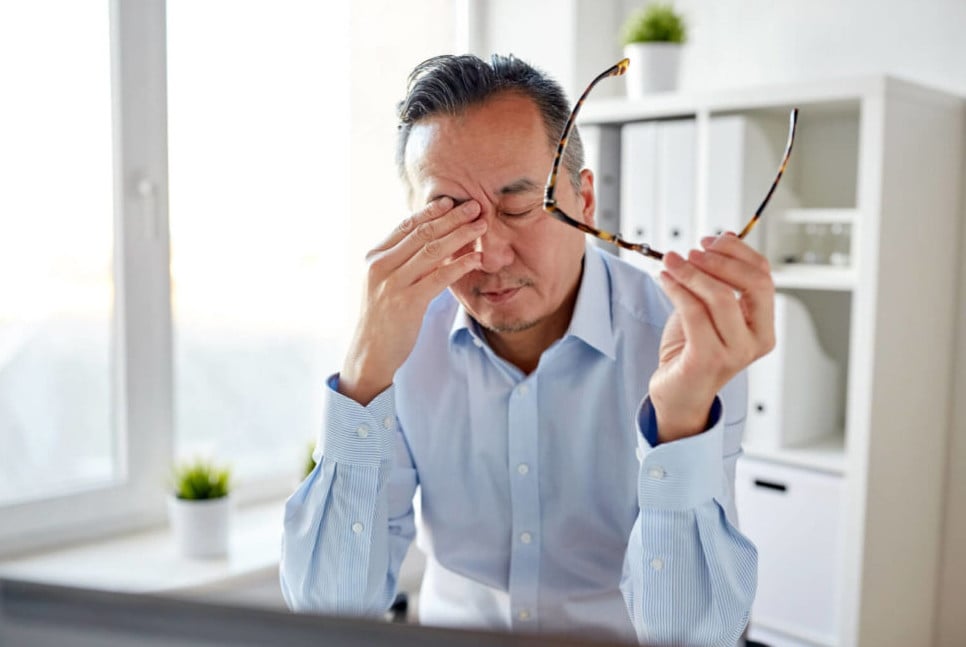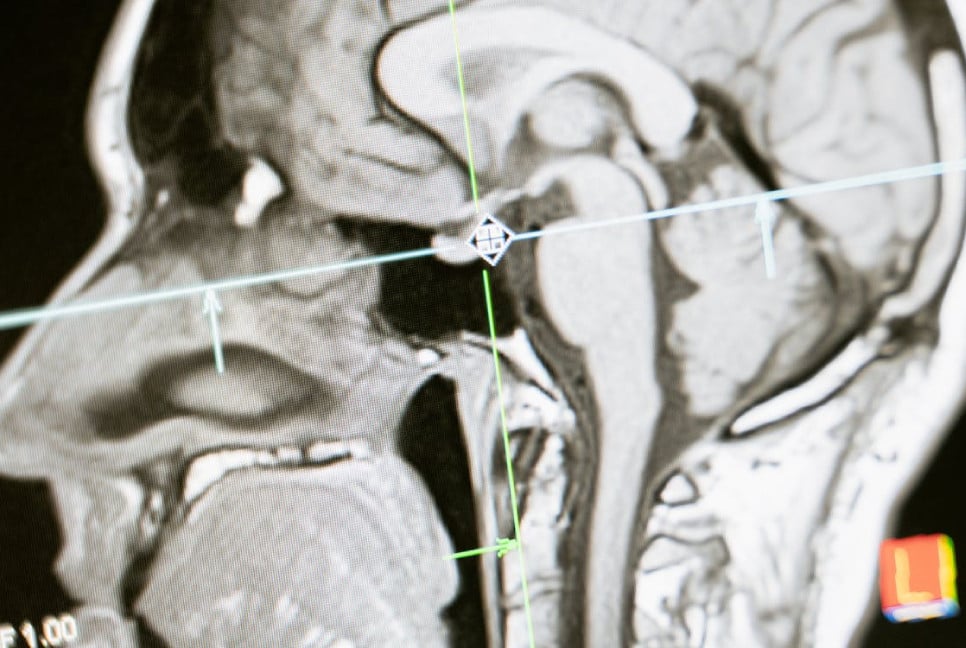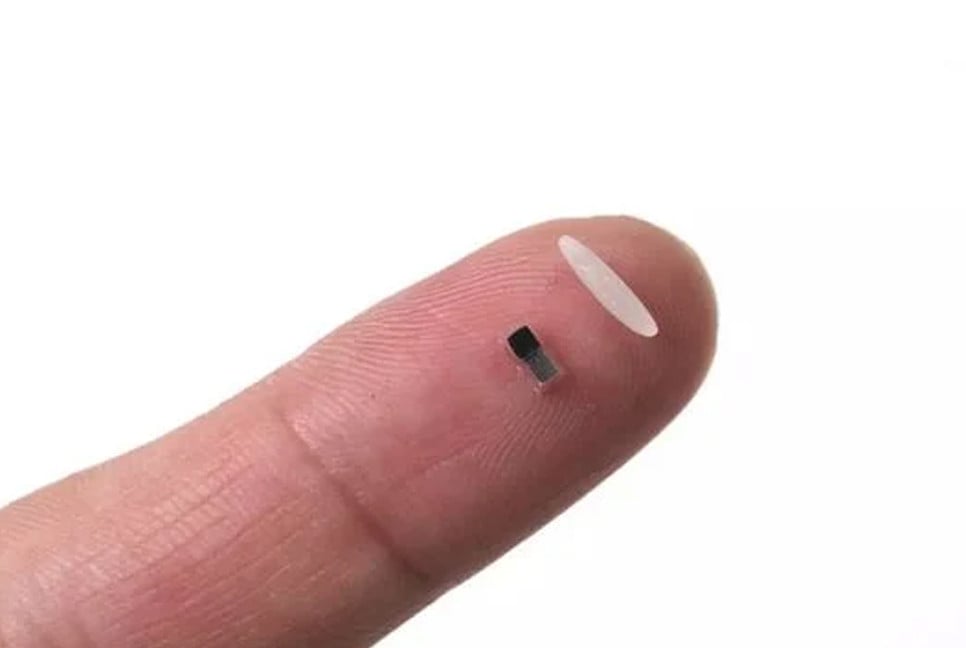Eye discomfort and fatigue have become increasingly common in today's digital age, with prolonged screen time and close-up tasks often to blame.
Although not a medical diagnosis, the term "eye strain" refers to discomfort or temporary vision difficulties caused by intense, sustained focus, reports Harvard Health Publishing.
What causes eye strain?
Activities requiring prolonged focus, such as reading, driving, or working on digital devices, can lead to symptoms associated with eye strain. Factors like dim lighting, glare, or dry environments exacerbate the issue. When screen use is involved, the condition is referred to as digital eye strain or computer vision syndrome, often caused by reduced blinking while looking at electronic devices.
Common triggers include extensive use of computers, smartphones, or televisions, as well as reading small print or engaging in detailed crafts. Environmental conditions such as glare, low light, or air blowing into the eyes, and poor posture or incorrect prescriptions, can also contribute to eye discomfort.
Symptoms of eye strain
Eye strain symptoms can range from mild to disruptive. Many people experience dry or watery eyes, blurred vision, or difficulty focusing after long periods of close work. Other symptoms include soreness, itching, or burning sensations in the eyes, sensitivity to light, and headaches centered behind the eyes.
In some cases, discomfort extends to physical issues such as back, neck, or shoulder pain caused by poor posture while compensating for tired or strained eyes. These symptoms, while uncomfortable, typically do not lead to permanent damage, according to the American Academy of Ophthalmology (AAO).
Tips to reduce eye strain
Mitigating eye strain involves a combination of breaks, proper workspace adjustments, and eye care practices.
Take regular breaks
Follow the 20-20-20 rule: every 20 minutes, look at something 20 feet away for at least 20 seconds. Additionally, it's essential to take breaks after two hours of continuous screen use or driving to give your eyes time to rest.
Keep eyes moist
Blink consciously while using digital devices to counteract the natural tendency to blink less. Artificial tears can also help prevent dryness. For extended screen sessions, consider wearing glasses instead of contact lenses, which can exacerbate dryness.
Create an eye-friendly workspace
Proper workspace adjustments can significantly reduce eye strain. Position screens 20-26 inches from your face, with the top of the screen slightly below eye level. Reduce glare by using matte screen filters or positioning screens away from windows. Ensure that screen brightness and room lighting are at similar levels to avoid unnecessary strain.
Maintaining clean screens and eyeglasses can also improve clarity and reduce strain. Polarized sunglasses are particularly useful for reducing glare while driving.
Eye strain and blue light glasses
While blue light glasses are often marketed as a solution for digital eye strain, the AAO advises against them. There is insufficient evidence linking blue light from devices to eye strain. Instead, following practical measures like regular breaks and ergonomic adjustments remains the most effective approach.
For persistent or severe discomfort, consulting an eye care professional is advised to rule out underlying conditions and ensure proper eye health.
Bd-Pratidin English/ARK
































































